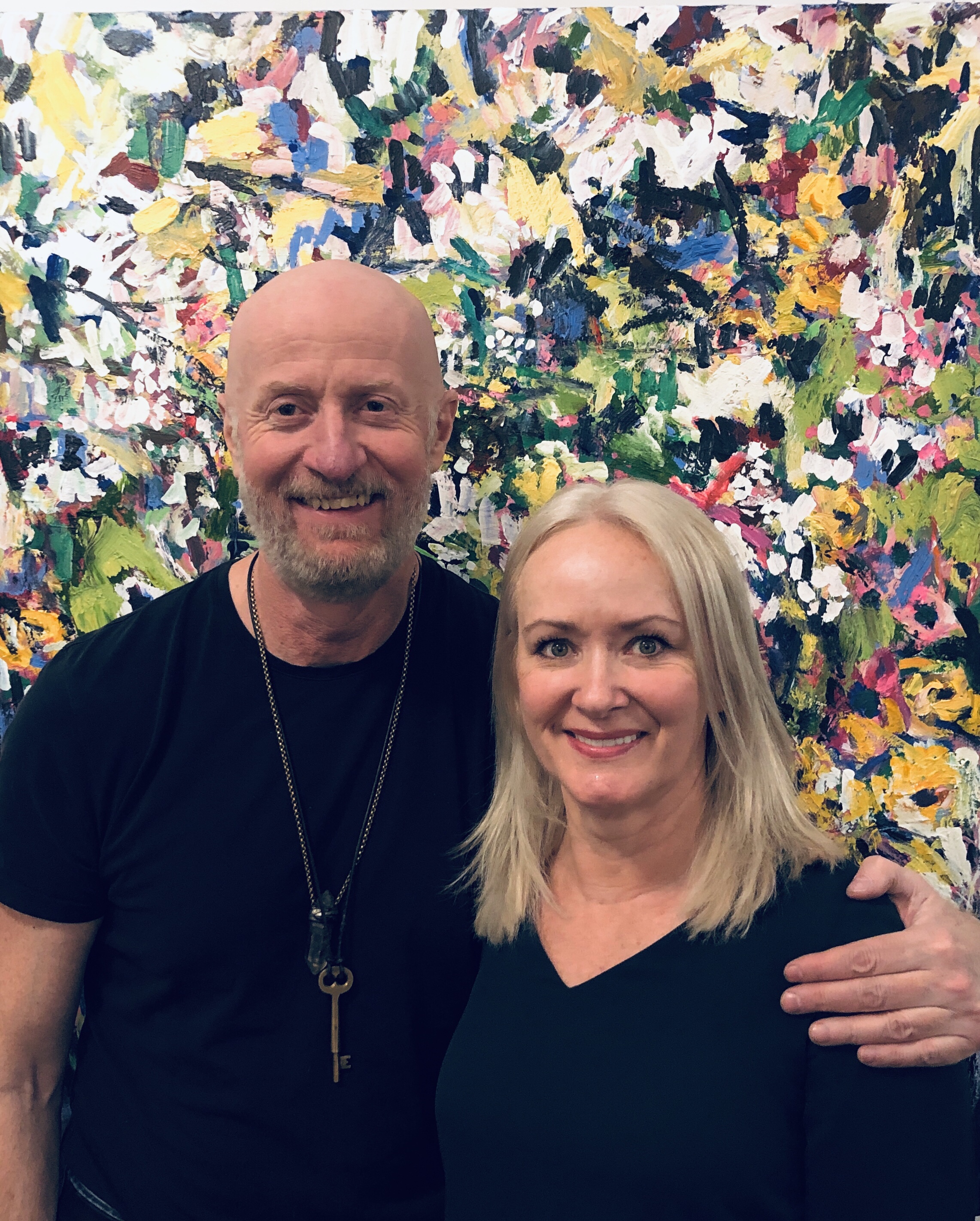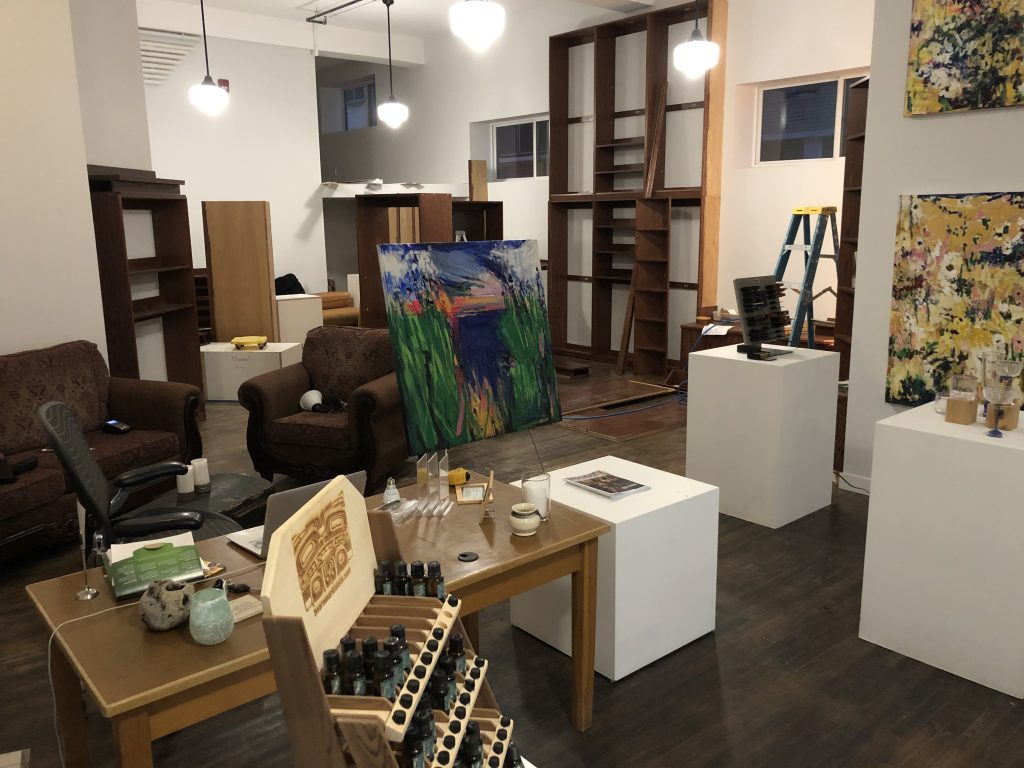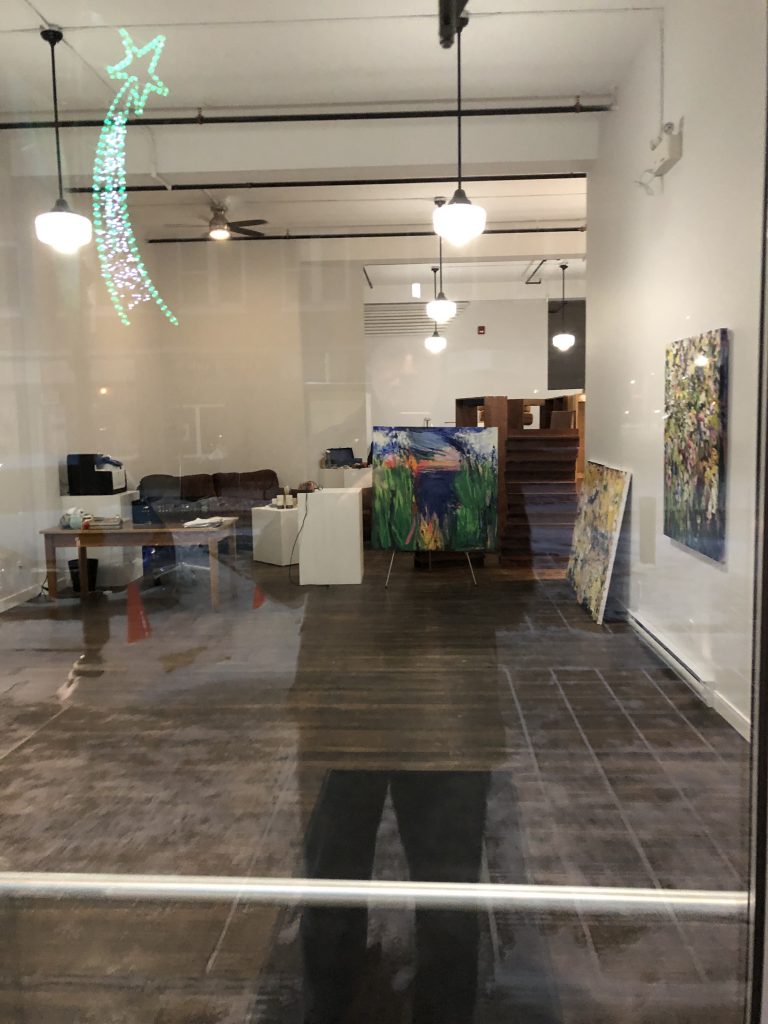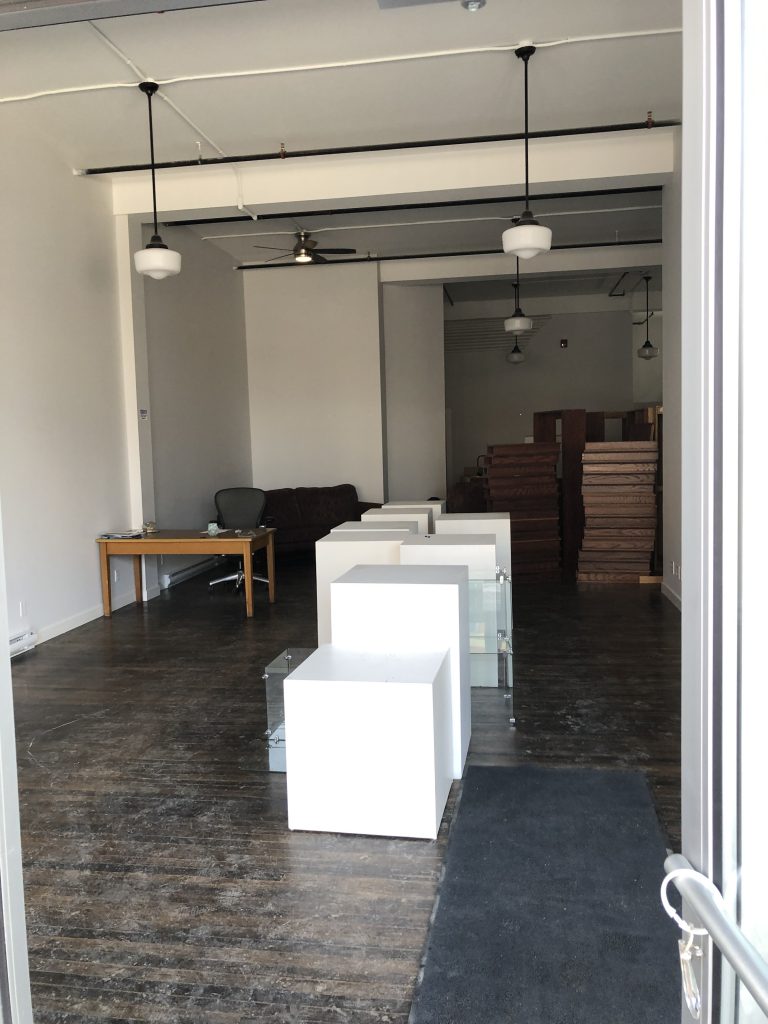In my last post we talked about three types of human artefacts that exist in the world and how these have lives and influence of their own beyond us.
They are:
- In physical form, created intentionally through our actions to build and shape the physical world, including art, parks, buildings, clothing etc.
- In consequence, created unintentionally through the way we’ve interacted with the world and one another.
- In message form, through media, writing, books, and symbols that transmit ones thoughts across time and space.
We may have a hand in creating them but for the most part they carry on without us. This does not mean that they continue in the exact form of our creation, they morph overtime, are influenced by other things, evolve, devolve, atrophy and potentially die.
In their carrying on without us, we may have a certain responsibility to keep them alive and maintain them over time if we intend for them to serve us into the future. They may be much more resilient than we may know and it may be difficult to keep them in their original form. Further, the unintended consequences they create aren’t easy to anticipate at the outset. Think, for example, of the influence of gas-powered vehicles on the world – health, urban design, and the planet. Only recently do we see how the ways we built our new communities contribute to our unhappiness and have profound effects on the planet itself.
Depending on how far reaching and adopted artefacts become they can easily out live the humans that created them.
Physical artefacts need maintenance. A road, or a building, or a garden may come into existence, then over time deteriorate as they are influenced by the world. Weather, use, the affects of other things in relation to them, all change them into something different than they started.
Even the Roman wall crumbles over time, yet we attempt to preserve it and make it meaningful for us today.
That meaning is different today than when it was created. A wall is never just a wall. Now it’s a symbol of something older, of history, of specific people that went before, and of the ingenuity of humans to create something to serve their needs.
Gardens for example need water, care, weeding, pruning etc. This may be a great analogy for considering how we handle human artefacts. How do you tend to your personal relational garden?
When do you pull a weed? When do you let an plant that has become too big for your garden go to a new home? When it is time to harvest? A gardening metaphor is quite good in describing things that we helped create and then must tend. If we don’t they may become something different than what we intended.
All human artefacts are maintained and transformed over time as we continue to engage with them. Even though they have lives of their own, their identities continue to be influenced by us and people they are in relationship with. So we need to become custodians of humanity’s artefacts in ways that serve us, all living things, and our collective habitat.
As guardians of the things we create we need to be aware of their maintenance and potentially their life cycle. Such questions as: when does this idea or thing, stop being useful? How much is it holding us in place for good and how much is it holding us in place from changing?
Sometimes things that hold us in place could be from our lack of guardianship. We create things but then abandon them. We become comfortable with what has been created even though they keep us from change and may have unintended long term consequences that are harmful. Some of them go on to randomly create chaos for us, others wither and die. Some we continue to feed and nurture even when better and more useful things come into creation.
Marie Kondo, the author of The Life-Changing Magic of Tidying Up (2011), offers a lovely way to let things go by learning to express gratitude for things that served you in the past and then saying ‘thank you’ to them when it’s time to let them go.
Although Kondo is speaking of physical things in her book I wonder what correlation there is to all things we are in relation with. How might we tidy up of our relational gardens so that we can be grateful for the past and yet make room for a future that serves us better?
Praxis
What follows are five ideas that might help us to tend our relational gardens. I invite you to look at a few of your human artefacts, as described at the start, using these five ideas.
- Detaching: the thoughtful elimination of things that no longer serve our future identity. Consider what graceful detachment could look like.
- Selective pruning: the process of deciding what things are incongruent with the identity you are looking to cultivate. Consider how much time you’ll need to prune and how careful you’ll want to be.
- Maintenance: maintaining those relationships that give you joy and value. Consider ways to ensure proper caring?
- Nurturing: the cultivation of relationships that have potential to become something bring you joy and value. Remember that it may not be possible to know in advance. Consider how and when you could nurture something new.
- Development, evolution, and repurposing: the thoughtful consideration about whether a relationship could serve a different purpose than when it was originally created. Consider the implications of repurposing or further developing an artefact.
Some considerations
In this work there are processes that work against us but also for us. Here are a couple of ideas to think about as we consider transforming who we are – making an identical shift.
Your physical space may be a reflection of our relational space. Have a look around at where you live and how you live and consider how it may or may not mirror your relational space.
Detaching is hard because of the life things have on their own. Detaching from people and activity is more difficult than detaching from things. Detachment isn’t a solo activity. You may need to enlist professional help, or at the least the listening ear of a friend.
Creativity and ingunity. New ideas want to be born, new ways of thinking and change ache to be realized. It’s like they exist in pieces on the humanity’s synaptic network just waiting to be fit together, almost randomly, or to be discovered. Creativity is perhaps the process of uncovering what is already there in the network… the sculpture is in the wood already. The artist’s job is to reveal it.
Until next time, please sign up to receive updates below and be part of this ongoing discussion. I truly value your thoughts, ideas, and the dialogue we have together.


























